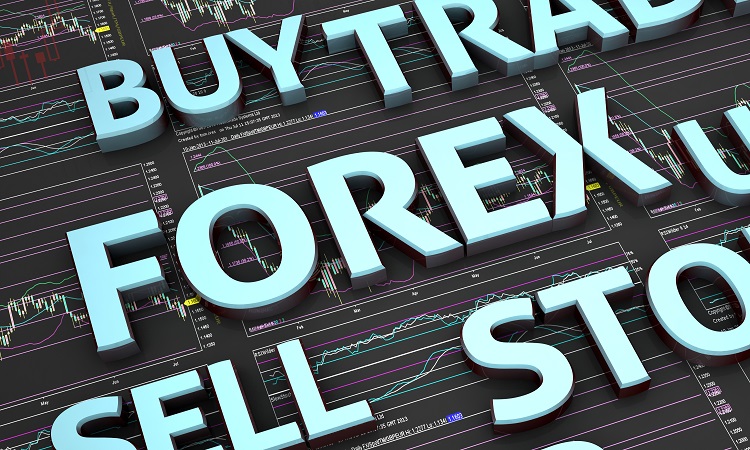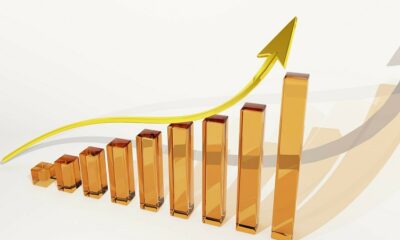Trading News
Types of Trading and Day Trading

Types of Trading and Day Trading
Many people have a misconception that trading is about buying low and selling high. They think that all trading is essentially buying low and selling high. This is not completely true. A trader is only a buyer or seller in financial markets, who buys low and sells high, not necessarily in terms of exact timing. In fact, there is more to trading than buying low and selling high. A trader is someone or entity, in financial markets, who buys and trades financial instruments like bonds, stocks, commodities, hedge funds, mutual funds, and derivative instruments in the capacity of an investor, broker, dealer, or speculator.
To understand trading you need to know a bit about how financial markets work. All markets are nothing more than the process of people buying and selling certain financial instruments to make a profit. In the stock market, you can buy shares at a price and sell them for more than you paid for them. If an investor makes a profit on his or her purchase and sale, they call it making money, while the seller or buyer of the stock instrument is called a speculator. The term ” trader” can also be used in place of the term “buyer” or ” seller”.
A common form of trading securities is day trading. Day traders purchase stock securities, usually at a discount, and sell them as soon as they become higher in value. Because the purchases and sales are completed so quickly, day traders can make money very quickly but must be quick enough to exit before the stock rises even further in price. Many day traders focus only on the two main markets: the New York Stock Exchange (NYSE) and the NASDAQ.
Another type of trading is bull markets. Bull markets occur when there are continued increases in market prices, sometimes for several months or years. Because stock prices are always fluctuating, they are also called ” bounds”. In other words, while a bull market might continue to rise for several months, a bear market may last only a few months or a year.
When you’re looking for trading stock market information, it’s a good idea to seek the advice of a professional broker. There are several different kinds of brokers, including full-service brokerage firms, self-directed trading providers, or discount brokers. The full-service brokerage firm will work with you to identify exactly the types of stocks you should trade and which ones to avoid. The self-directed trading provider will allow you to trade stocks on your own, taking responsibility for your investments and trading them according to your plan.
Momentum trading involves taking advantage of small gains to ride on the momentum of a larger group of investors. It takes advantage of price fluctuations to increase your profits. Some people use momentum trading techniques to create artificial trend lines by using a chart to show price versus time. This is known as day trading or scalping. One of the advantages of using momentum trading techniques is that there’s less risk and most traders can profit from their trades without putting themselves at great risk. These types of trading techniques can be used to make money from almost any kind of market, including futures, foreign exchange, stocks, and more.

























